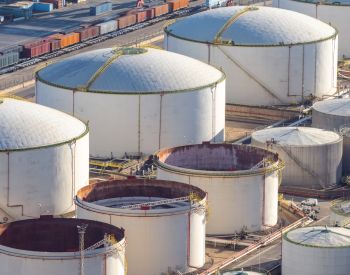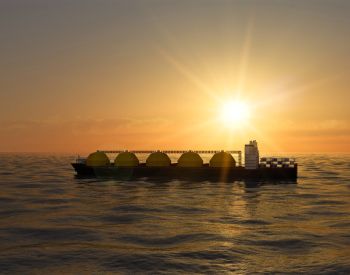Client
Inch Cape Offshore Limited (ICOL)
Assets
Wind turbine generator (WTG) structures and transmission works
Project
Proposed wind farm off the Angus coastline, Scotland, UK
Client Challenge
Inch Cape Offshore was looking to develop a 150 km2 wind farm in the North Sea, with up to 1 GW of generation capacity. To help our client select the right concept or concepts, we were asked to execute the foundations and substructures work package (FST). This scope of work covered both wind turbine generator (WTG) structures and transmission works, including offshore substation platforms (OSPs). The primary objective was to develop and assess design concepts to a level that would allow the client to successfully pass its Appraise stage gate process.
How we helped
Our work supported with the:
- steel jacket design, including transition piece concepts to optimise wind turbine generator structure installation; alternative bracing arrangements designed for the jackets offered significant weight saving, as well as reduced fabrication time
- development of a novel, hybrid structure, comprising a steel jacket installed on a concrete, gravity based structure (GBS) – eliminating the need for piling
- review of the third-party concrete GBS
- structural design of steel framed topsides and jacket substructures for the offshore substation platforms.
We also made design recommendations for accommodating varying water depths following a standardised design. Parametric studies, using non-linear analyses, showed that ‘stretching’ the jacket, or adding additional bays, was more efficient than increasing ‘pile stick-up’, resulting in lighter, more robust structures.
Powerful Results
Our solution included screening the concepts, helping our client to determine the best designs to take forward to the front end engineering and design (FEED) stage. For best results, we aligned our client's key business drivers with development strategies.
Other notable highlights included:
- robust CAPEX estimates, commensurate with concept screening of the project, which the client could input into its economic model
- independent design review and a suitability assessment of using proprietary, gravity-based structures for this project
- completed HIRA workshops, covering structural design and offshore construction methods
- preparing documentation for the project’s next phase (FEED).
Powerful Benefits
The 3D Advanced Ground Model gave the Foundations Engineers an understanding of the expected ground conditions in the vicinity of the proposed foundations. This would have proved extremely challenging, and incredibly costly, with traditional site investigation techniques.
Related Services

